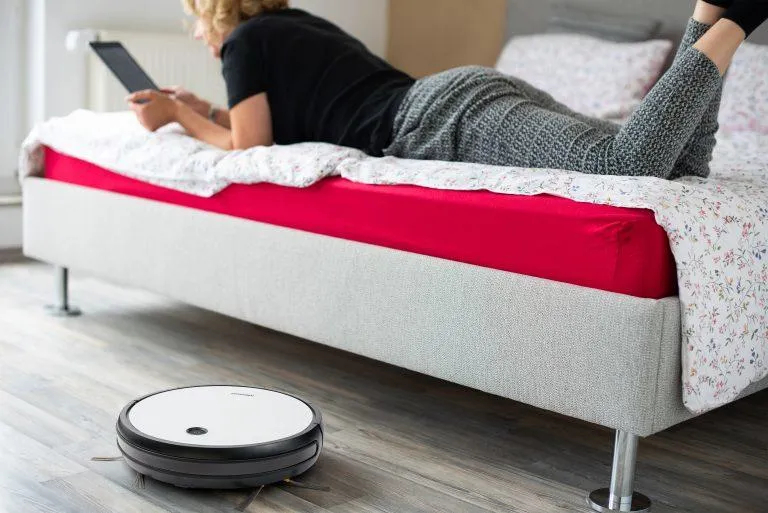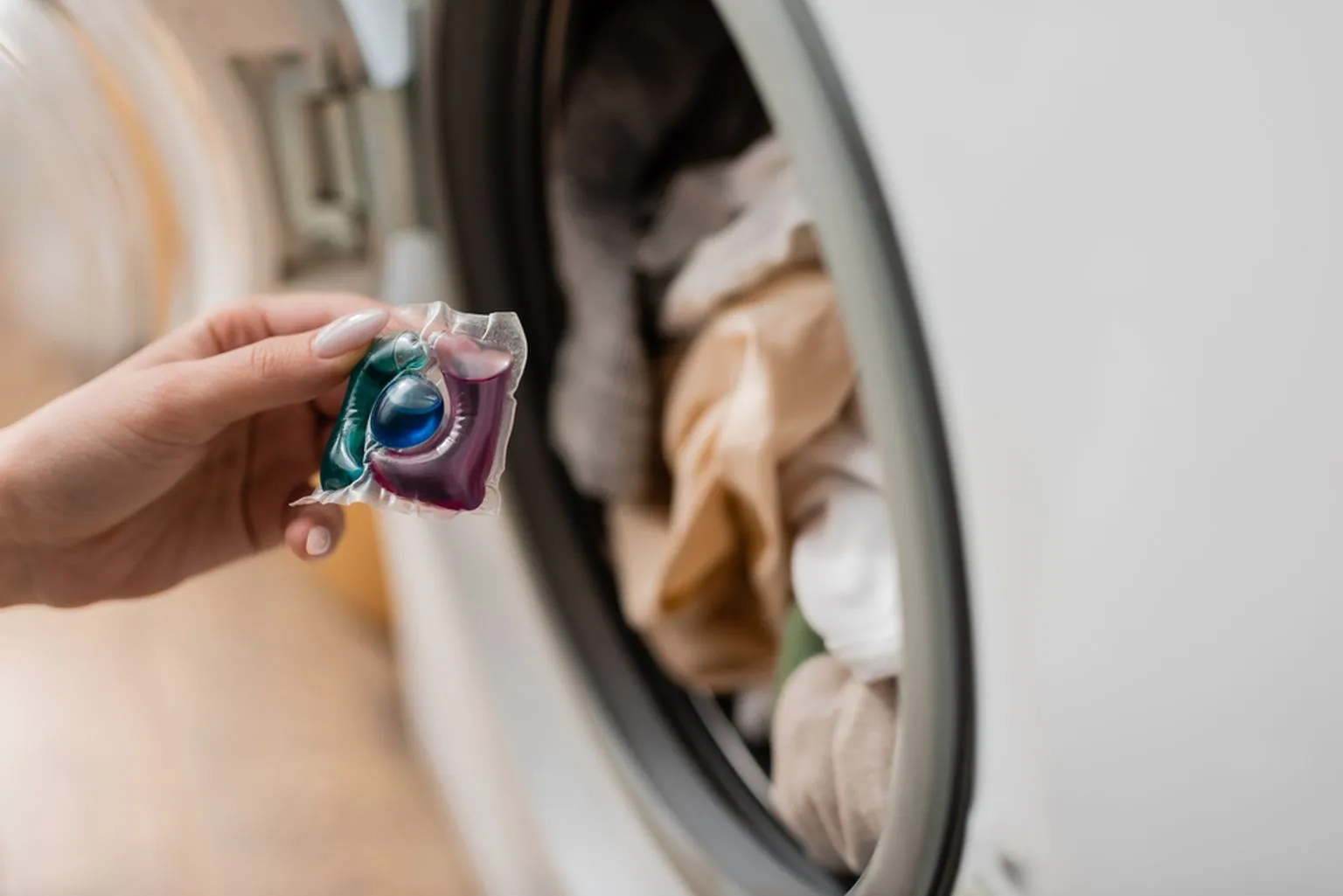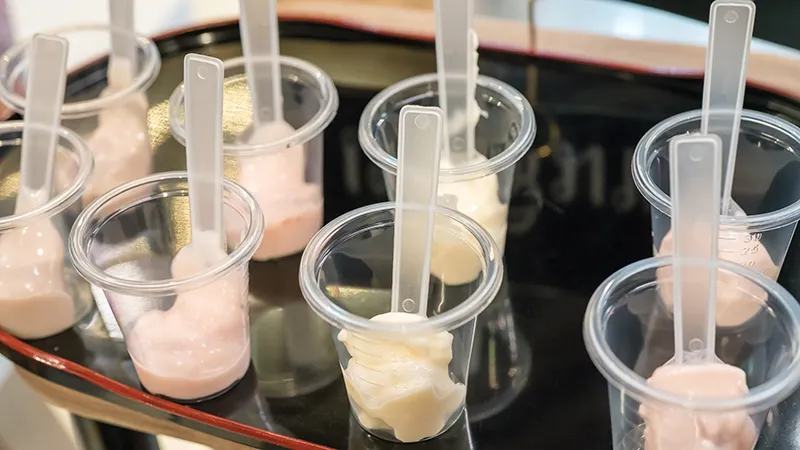

Product testing is essential before launching any new product. Consider it the last dress rehearsal before the big performance. Proper testing ensures that your product is prepared to enter the market in its best shape, whether it’s a brand-new laundry stain remover, vacuum cleaner or a new flavour of soft drink.
Retailers frequently ignore product testing because it requires upfront time and resources. Testing your products before release is necessary if you want to produce the best products for your target audience.
It doesn’t have to be very costly or sophisticated. In this blog post we will delve into the various methods and processes you can use, to effectively conduct product testing.
Product testing, sometimes referred to as consumer testing, is the method of analysing a product concept to determine how it will perform amongst your target market before launch. Typically, a sample of your target audiences tries out, uses or consumes the product and tells you what they think of it. You can use both quantitative and qualitative data to collect and analyse their feedback.
Product Testing will allow you gauge how well your product is likely to perform when compared to the competition, but you can also identify potential areas of improvement and get a sense of what your customers are really looking for.

You must ascertain whether a new product would appeal to prospective buyers before bringing it to market. Product testing helps you launch products people will actually buy.
If you don’t test a product before releasing it onto the market, there is no way of knowing how reliable it is or how well it will perform in the face of real world challenges.
Despite the fact that some products are created to solve specific problems and are used in a certain manner, customers may actually end up using them differently and establish new habits as a result.
With this in mind, you must make sure that your product is durable enough to endure real-world conditions and adaptable enough to suit different methods of operation.
By conducting product testing you will learn:
You’ll learn more about your product’s limitations and how much assistance you’ll need to offer as a result of product testing.
Product testing is essential for differentiating new products apart from competing ones on the market.
Product testing can be used to confirm an item’s safety and compliance with regulations. Comprehensive testing can assist you make sure a product complies with government standard and protect your business from any legal action.
For instance, if you sell sofas, you must ensure that they adhere to fire safety requirements for furniture and upholstery, passing ignitability tests and displaying the relevant fire safety labels.
Product testing speeds up development and improves reliability. Some small firms choose not to test in order to save money up front, but by doing so, they risk their business and lose out on potential long-term benefits.
Product testing can lead to decreased costs because:
Making a product that people enjoy is challenging. To keep up with changing consumer demands and industry trends, improvements are occasionally necessary. Regular product testing provides you with valuable qualitative data to renew existing products faster and discover hidden use cases from the customer’s point of view.

There are many benefits of product testing. Some of the key benefits are:

Home Use Testing (or HUT) is the process of supplying test products to consumers to test in their own home environment. This methodology can be used test a new recipe or product, conduct claim support, carry out children’s research or conduct competitor comparison analysis.
HUT lets consumers fully test your product, in its intended environment, before launch. This lets you iron out any issues and make improvements using feedback from an uncontrolled environment.
Feedback can be gathered in person, over the phone, through consumer surveys, video calls, or other methods. With HUT market research software, you can also ask customers questions as they are using the product and gather real-time feedback from them remotely.
As HUT takes place in a consumer’s house rather than a test environment, the results are more realistic in terms of product satisfaction, usage, and improvement areas.
Central location testing is a type of product market research that is conducted in a controlled environment. Unlike home-use testing, it is not conducted at the participant’s home, allowing for more objective feedback as all participants experience the same testing conditions.
Central location tests are often referred to as ‘hallway tests’ as they are frequently conducted in community settings such as supermarket aisles, shopping centres, churches, schools, and city-centre eateries. Tests can also be performed in formal testing labs, depending on the type of the product and the nature of the feedback you require.
There are a number of different central location testing methods. These include the paired comparison test, sequential monadic test, and the repeat paired comparison test, to name but a few.
The paired comparison test gives researchers insight into how two products compare against each other. The test is conducted by providing participants with two products and a standardised set of criteria. Participants are then asked to assess the two products simultaneously against the standardised criteria provided.
During the sequential monadic test, participants assess two different products individually and then simultaneously. Consumers tend to exaggerate the difference between products when assessing them simultaneously.
To overcome this inherent bias, the paired comparison test sees participants assess the products individually first. After their initial individual evaluations, both products are to be assessed simultaneously. Participants can then rank the products more accurately.
The repeat paired comparison test, on the other hand, aims to reduce bias and subjective participant preferences for a product through repetition. During the test, participants compare the same set of products two or more times. The repetition ensures that the initial feedback provided by participants was accurate and not random.
For example, a product could be packaged in a blue container, but the participants could dislike the colour. This participant’s initial feedback may be biased because they dislike the packaging. However, after re-evaluating the same product, the participants will be more likely to move beyond their subjective dislikes, allowing for more accurate feedback.

At WSS, we carry out all manner of product testing and consumer research projects for leading brands in a variety of industries. We boast an experienced team as well as a broad pool of testers and trained assessors, ensuring we can cater to your specific requirements.
Whether you need help with sensory research, consumer testing, or product development and improvement, we’re here to help.
Contact us today to discuss your product testing needs at +44 (0)151 346 2999 or send your enquiry to info@wssintl.com.